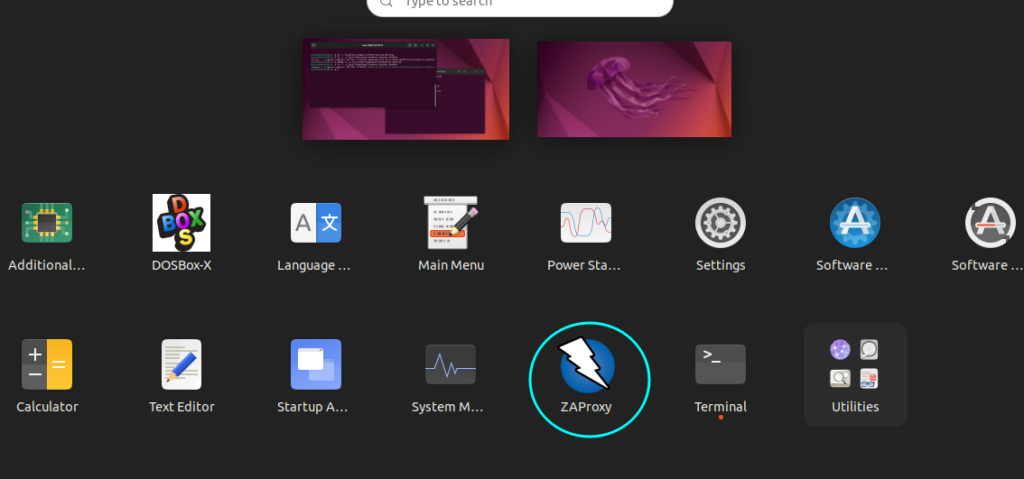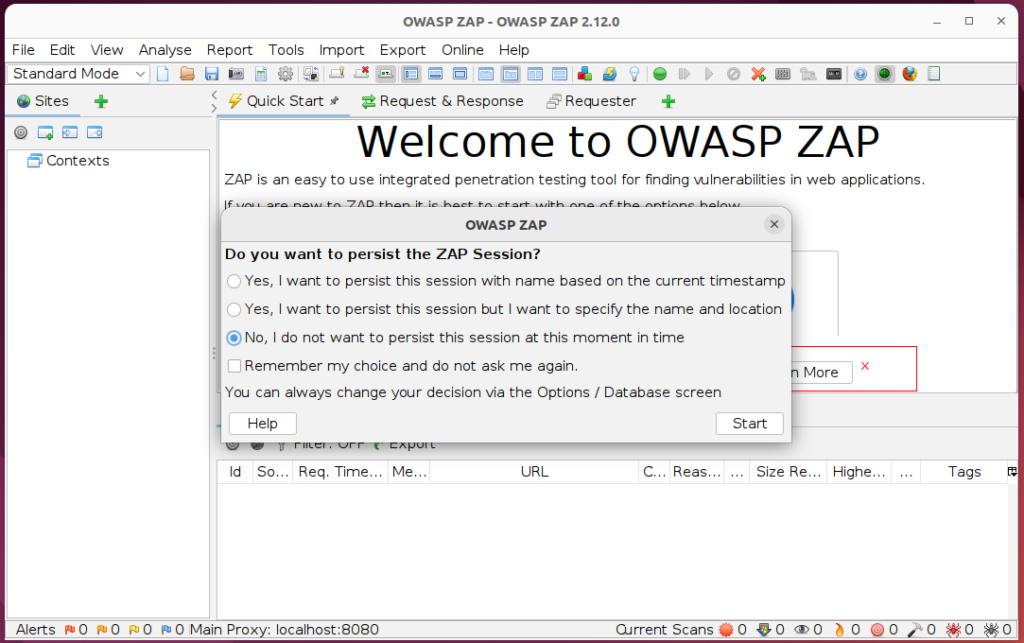ZAProxy or ZAP, is a great piece of opensource software. However when you install software from the source code or directly download the software from the website, so you can get the latest version of the program, a lot of the time the launcher is missing from ubuntu. That is, no desktop icon or no launcher entry. In this blog post i will create one and enable ZAP in the ubuntu Launcher and Desktop.
This post is a follow up to my post “Manually Installing ZAP on Linux“
If you don’t have the time or patience for a read though, then you can find all you need in my youtube video.
Otherwise one with the show.
Desktop Icon
In order to get a desktop icon for ZAP you need to create a few files. It’s also very important to know where the ZAP was extracted to. In the case of my previous post, I extracted it to a folder in my Home directory called zaproxy.

Creating the desktop file
We need to create a zaproxy.desktop file on the desktop.
vi ~/.local/share/applications/zaproxy.desktop
The below contents must be put into this file. Change what ever is needed to make it work.
[Desktop Entry] Name=ZAProxy GenericName=Proxy Tool Exec=/home/vagrant/zaproxy/ZAP_2.12.0/zap.sh Terminal=false Icon=/home/vagrant/zaproxy/ZAP_2.12.0/zap.ico Type=Application
Next step is to ensure the file has execute permissions.
chmod +x ~/.local/share/applications/zaproxy.desktop

Now you will be able to see the ZAProxy icon in the launcher.

You can right click it and Add to favorites so it will be available on the dock.

Now its available on the Desktop Dock.

Clicking either the icon in the Launcher or in the Dock will now Launch ZAP

Now you can enjoy the Desktop experience.
Wrap Up
I hope this blog post was of value, on how to enable ZA in the Ubuntu Launcher and Desktop. If you have any comments or updates you can find me over in twitter. You can find more on ZAProxy and other topics on my blog.
